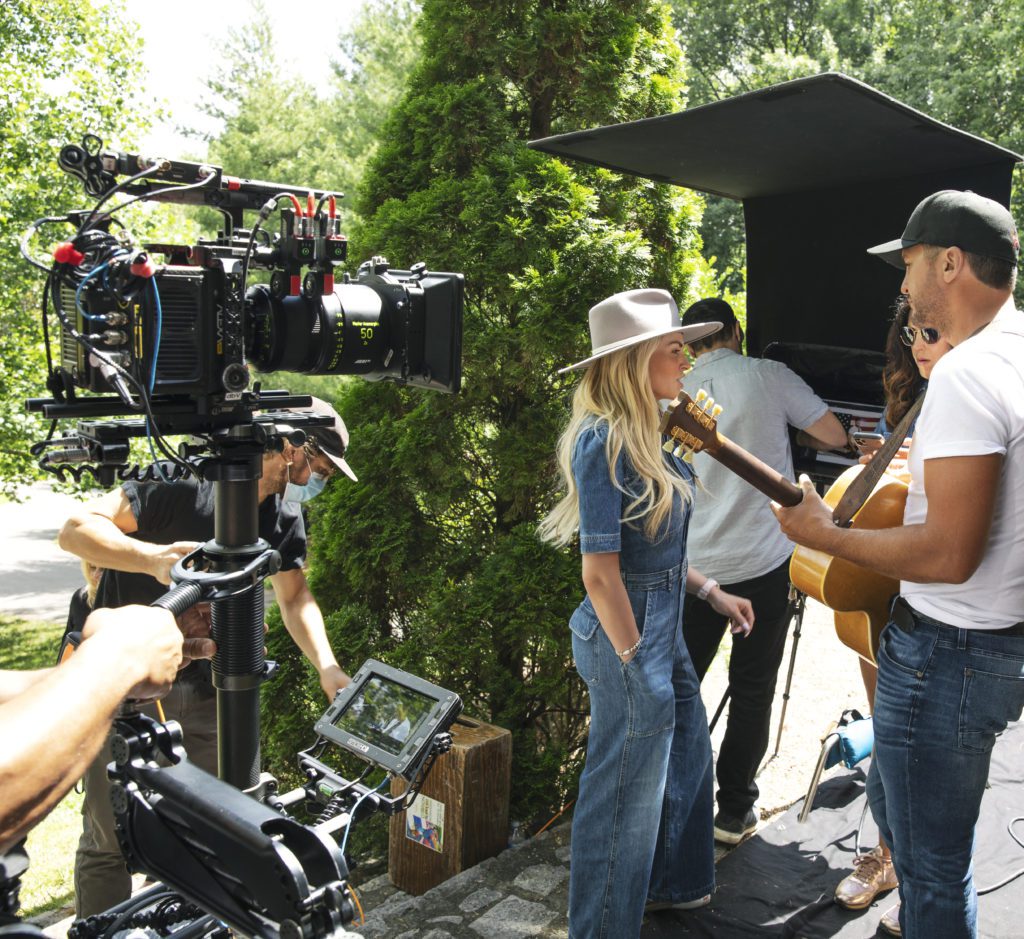Month: March 2022
About Empower Media
America’s largest woman-owned media agency
Our advantage is simple: Clients first – not shareholders.
From the day we opened our doors in 1985, Empower has always challenged the media status quo.
Empower is a highly awarded and respected media agency. We are a multi-year recipient of “Agency of the Year” from MediaPost and Campaign US with honors from Ad Age and Adweek.
Our senior and experienced integrated team of Communications Strategy, Media Innovation, Media Planning and Buying, Creative, Marketing Scientists, Influencer Marketing and Data-Analytics work in collaboration on our client’s business daily.
Empower’s client tenure rate is unmatched–3X the industry average. Our clients include Tempur Sealy, Wendy’s, Brooks Running, Fifth Third Bank, Gorilla Glue, O'Keeffe's, E.W. Scripps, Jack Link’s, VTech, Bush Brothers, Zaxby’s, GNC, Famous Footwear, Ashley, LIXIL, O-Cedar, Rust-Oleum and RoC Skincare.
Empower Media is woman-run (67% female) and woman-owned – making it the largest woman-owned media agency in America.
Our offices are in Chicago, Cincinnati, Atlanta, New York, Houston and Palm Beach.
Find us on Twitter, LinkedIn, Facebook, Instagram, and online.







